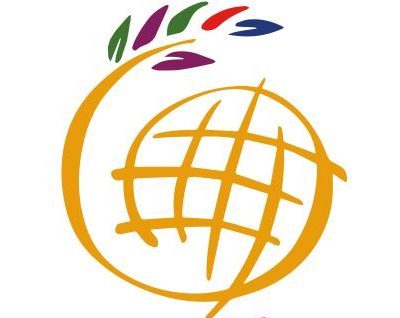
How to ensure sustainability across the entire agri-food chain is a major focus not just for farmers, researchers, and policymakers, but for processors and retailers in the food and beverage industry as well. Sure, it’s a matter of enlightened self-interest, but the relationship between public and private sectors in agriculture is no longer clear-cut, and issues like food quality, safety and security are everybody’s business.
That was abundantly clear during the meeting of the Sustainable Agriculture Initiative (SAI) Platform that I attended in Dublin 11-14 April 2016, which brought together representatives from major companies in the food and beverage industry, farmers, civil society and environmental groups. The Platform, established in 2002, comprises some 80 members and is focused on ensuring “secure and thriving” agricultural supply chains, while protecting the environment. It is also concerned with raising awareness, changing attitudes and transforming behaviours within the food and beverage sector. The conference program included practical sessions on how to engage suppliers, customers and consumers in implementing sustainability programs, and how to champion change within companies and organizations. As I had earlier in April been at the Third Conference on Agricultural Research and Development (GCARD3) Global Event which focused on how agri-food research and innovation could contribute to the Sustainable Development Goals (SDGs) it was interesting to see that the discussions at the SAI General Assembly followed a similar theme. At the SAI meeting discussions were centred on how the industry could contribute to the SDGs, particularly around food security and enhanced on- and off-farm practice, and how to communicate progress on the SDGs to the public. Arising from the SAI meeting, two new committees were formed: one on “Metrics” to measure trends and impacts and the other, Horizon 2030, will focus on influencing industry activities to achieve the SDGs.
In effect these private sector efforts are resulting in the production of “public goods”, broadening the focus on sustainable agriculture beyond mere good intentions for clients and strictly short term profit to shareholders. In fact, there are strong public dimensions to much of the Platform’s work both in its collective actions and activities by individual members. In promoting environmental viability, for instance, there’s a strong interest among members in low-impact agriculture using less fertiliser and pesticides and managing farm run-off. These aspects are addressed in the Platform’s Farm Sustainability Assessment tool, which not only aims to encourage continuous improvement in agricultural production, but also provides a measure of food quality assurance for consumers and the public. Several of the Platform’s larger companies – Danone for instance – are also actively investing in social sustainability, like education and rural health, which they support through philanthropic foundations. These companies recognise that farming must be both profitable to the farmer and attractive to youth for the future. Others are connected to major business schools where they support the training of industry sustainability champions to build awareness of the need for sustainable agriculture within their companies.
The line between public and private goods is blurring, intersecting, mingling, converging, progressively interconnecting, and the relationship between the two is becoming much more symbiotic. Transparency and accountability, then, become all the more critical. For example, if public sector agricultural research results in ideas and materials that industry turns into products, who is accountable for results – whether positive or negative? How can we make the private side of agricultural production deliver more effectively for the public and its long term interests? And how can the private sector better communicate its contribution to public goods?
These were some of the issues that arose during the session I chaired on “Showcasing Results and Demonstrating Impacts”, at the GCARD3 Global Event. The central question for both the public and private sector is how to show that the significant investment that is being made in agricultural research for development is having an impact on farmers and production. Given the industry is now looking at its own impacts, it makes sense to join forces with public financial institutions – like IFAD – and with the public science systems, through the CGIAR, IFPRI and ACIAR, to demonstrate the wider impacts of agri-food research and innovation.
These are the kinds of “collective actions”, resulting from GCARD3, that will now become the focus of GFAR’s work programs and which will be essential if we are to make any progress in achieving the SDGs. That’s going to require re-thinking in terms of how we currently view private and public goods, and the role of the private sector as partners in achieving agricultural development that is both sustainable and has real, measurable impact benefiting all.
*GFAR’s Youth Agripreneurs Project got a generous funding boost from the private sector at the recent SAI Platform meeting in Dublin. As part of a team-building activity, participants created a mural based on the theme of sustainability. Pieces of the mural were them auctioned off, resulting in more than 600 euro being donated to the project. “It was a wonderful gesture that recognised the importance of youth both to the food and beverage industry and to agriculture,” GFAR’s Thomas Price said.
Blog post by Thomas Price, GFAR Senior Officer, Agricultural Innovation and Society
Photo credit: Thomas Price


